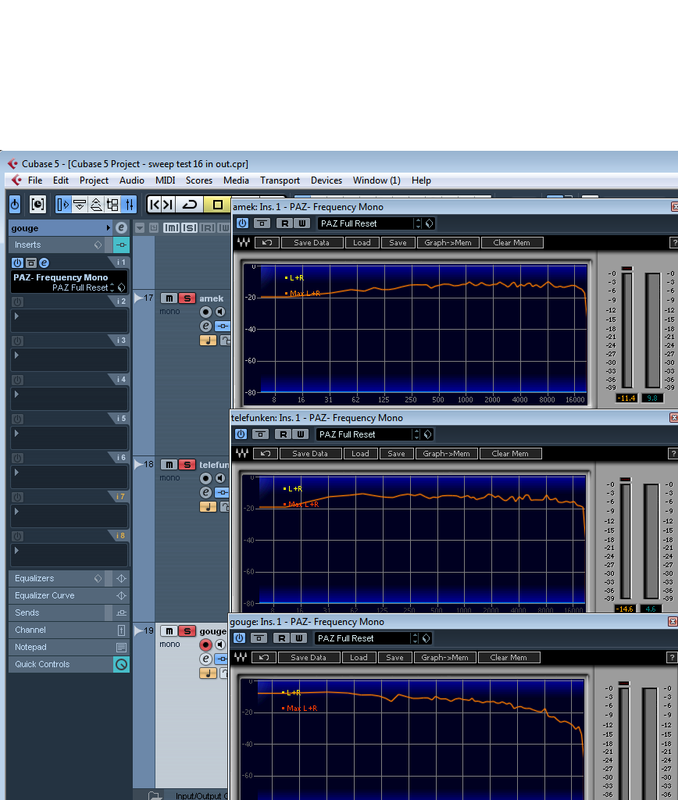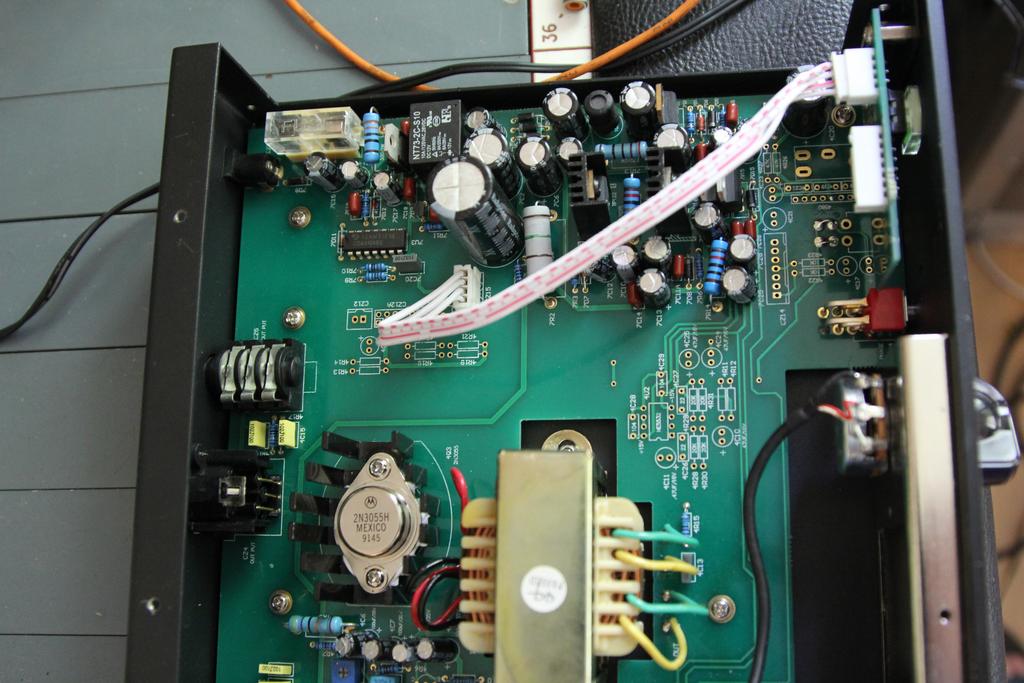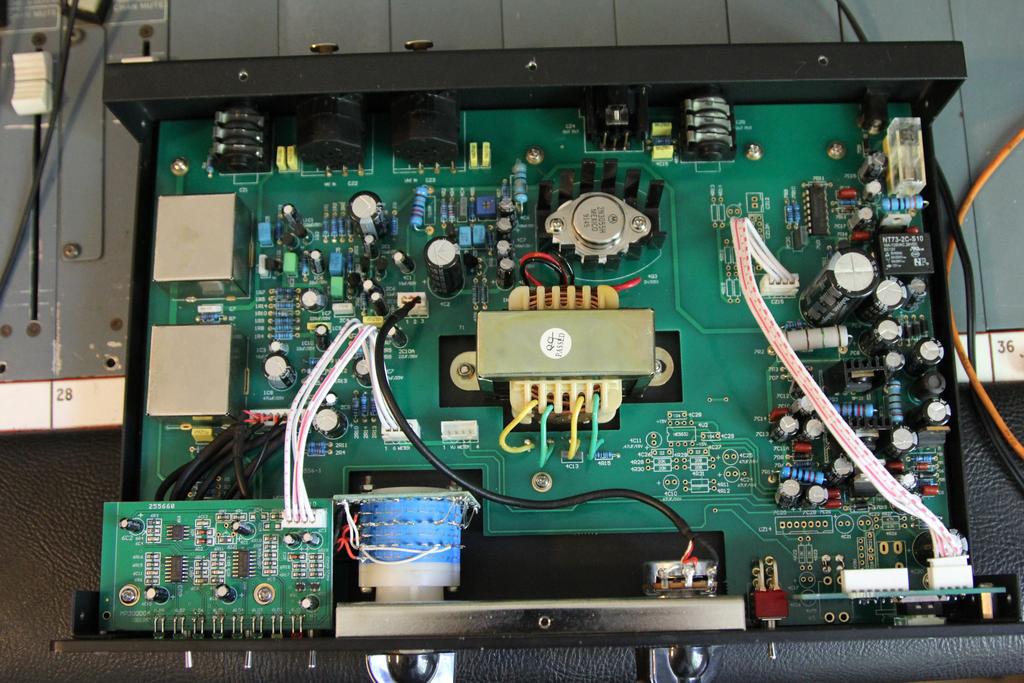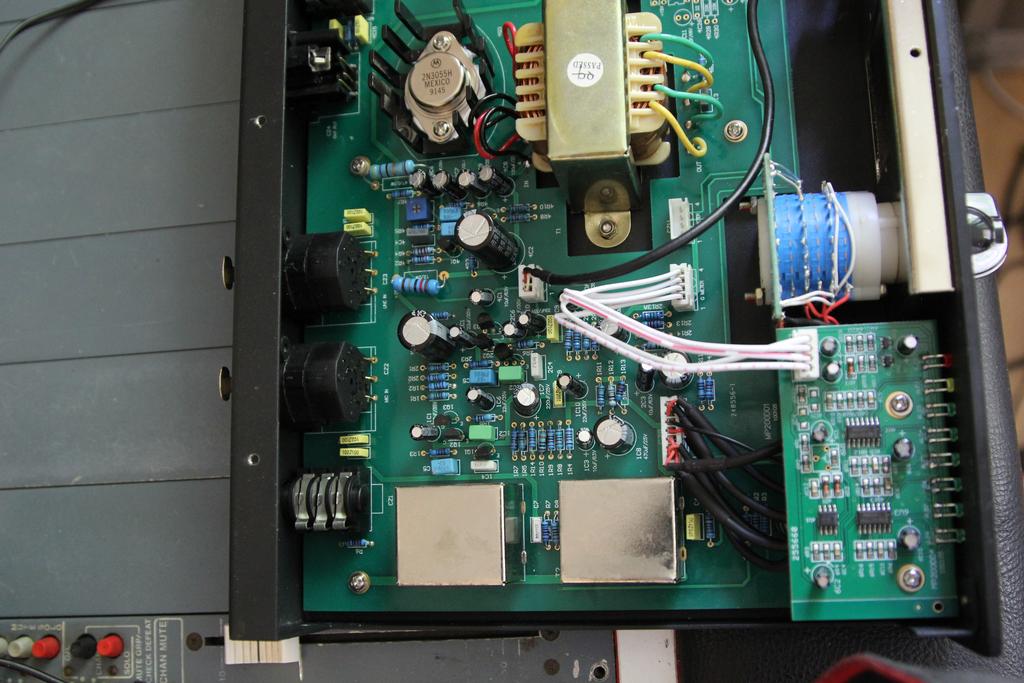Hi
I have a Gauge PM-1073 pre amp, It's a 1073 clone.
Lately I noticed that there's a lose of about 3 -10 db on frequencies above 3 khz comparing to other pre amps I have. (see the attached picture a comparison of 20 hz to 20 khz sweep on 3 different pre amps taht I have).

Since I don't have the schematics I can't really fix it.
What would be the suspected components that I should check first?
Here's few pictures of the PCB:



Thanks,
Asaf
I have a Gauge PM-1073 pre amp, It's a 1073 clone.
Lately I noticed that there's a lose of about 3 -10 db on frequencies above 3 khz comparing to other pre amps I have. (see the attached picture a comparison of 20 hz to 20 khz sweep on 3 different pre amps taht I have).

Since I don't have the schematics I can't really fix it.
What would be the suspected components that I should check first?
Here's few pictures of the PCB:



Thanks,
Asaf







































